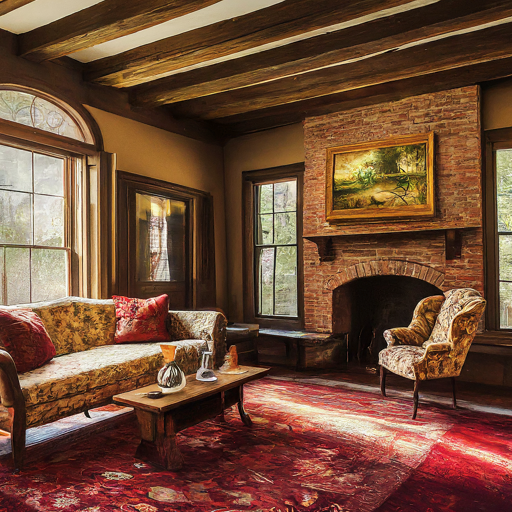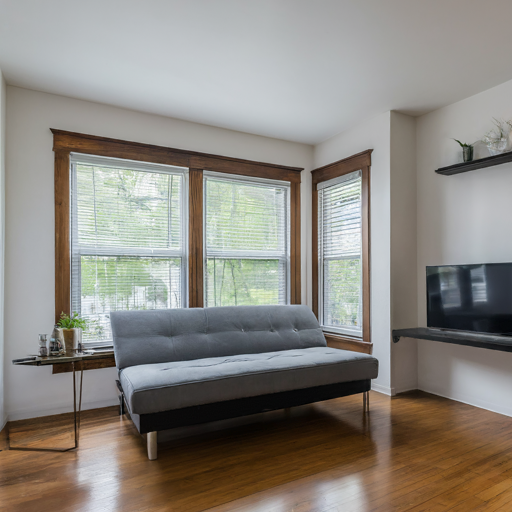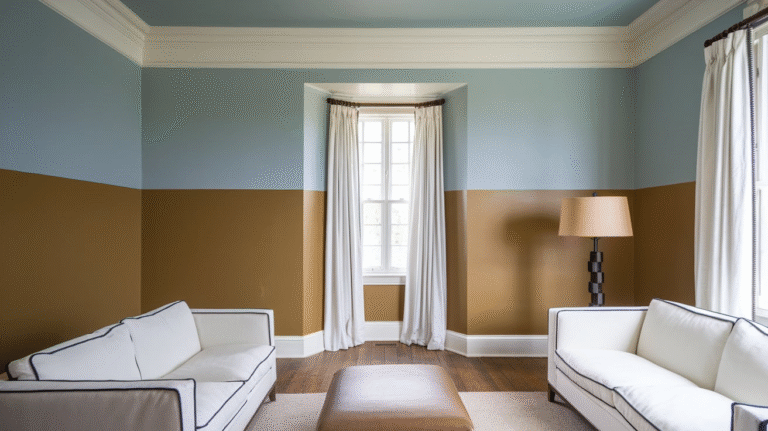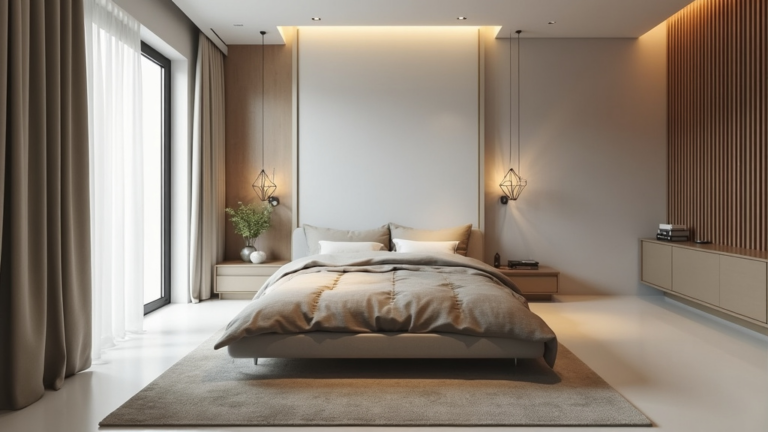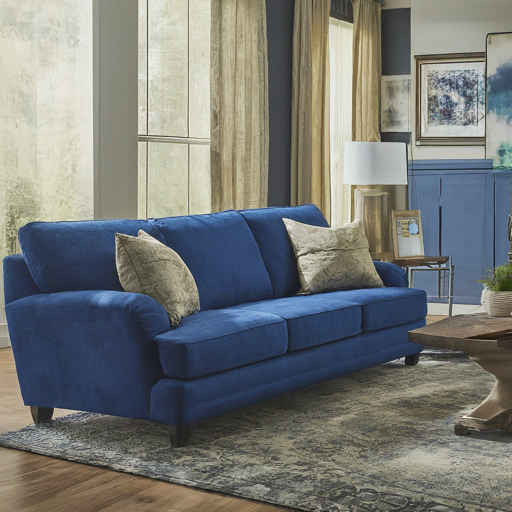22 Best Paint Colors for Low Light Rooms (That Actually Work!)

Let’s be real—painting a low-light room can feel like a cruel game of trial and error.
You slap on what looks like a dreamy shade in the store, only to realize at home it suddenly resembles wet cement. Been there, done that.
The good news? Choosing the right paint colors for low light rooms is actually easier than you think—you just need to know what works (and what doesn’t).
I’ve spent way too much time experimenting with colors in dim basements, north-facing bedrooms, and those windowless “bonus” rooms builders love.
Today, I’ll walk you through the 22 best paint colors for low light rooms—colors that won’t make your space feel like a dungeon. Ready? Let’s go.
Why Paint Colors Behave Differently in Low Light
Ever notice how that “soft beige” looks golden in your sunroom but flat in your hallway? That’s because light transforms paint color.
- Natural light: South-facing rooms soak up warm tones, while north-facing ones add cool shadows.
- Artificial light: Yellow bulbs warm things up; white LED lights cool them down.
- Low light: Colors look duller, darker, and sometimes even a little sad.
So, the trick is to choose colors that either reflect light or embrace the cozy vibe. Don’t fight the shadows—work with them.
1. Soft White
You can’t go wrong with a classic. Soft white is like the little black dress of paint colors—it works anywhere. In low light, it reflects every bit of brightness you can squeeze out of a space.
Why it works: It doesn’t lean too warm or too cool, so you avoid the dreaded “yellowed white” or “gray hospital white” effect.
2. Creamy Beige
If plain white feels too sterile, creamy beige adds just enough warmth to keep your space inviting. It’s perfect for bedrooms or family rooms where you want comfort.
Pro tip: Pair it with warm lighting and wooden accents, and it instantly feels cozy.
3. Pale Gray
Now, I know what you’re thinking: “Gray in a dark room? Really?” Hear me out. Light gray with warm undertones can actually brighten a dim space without looking stark.
FYI: Skip the cold, blue-leaning grays—they’ll make your room look like a rainy Monday forever.
4. Light Taupe
Taupe = beige + gray’s cooler cousin. It brings depth but still feels light. This is great for living rooms where you want a neutral base that isn’t boring.
5. Soft Greige
Greige (gray + beige) might sound like a made-up millennial trend, but it’s actually genius. It balances warmth and coolness, making it versatile for dim hallways, offices, or bedrooms.
6. Buttercream Yellow
Want to fake sunlight? Soft buttercream yellow is the closest you’ll get without knocking out a wall. It instantly lifts the mood of a low-light kitchen or bathroom.
Question for you: Why settle for gloomy when you can have sunshine vibes 24/7?
7. Warm Sand
This shade is like a vacation in a can. Warm sand tones add natural brightness that feels organic and grounded. Great with plants, wood, and earthy decor.
8. Powder Blue
Blue in low light? Yep, but go powdery and soft instead of dark and moody. It works wonders in bedrooms, adding calmness without making the space feel icy.
9. Sky Blue with Gray Undertones
Unlike bright baby blue, sky blue with gray undertones feels grown-up and chic. It reflects just enough light while still feeling cozy.
10. Misty Green
Soft, muted greens like misty sage or eucalyptus tones create a serene vibe. Perfect for bathrooms or bedrooms where you want relaxation.
IMO: Green works best with white trim—it keeps the space fresh instead of swampy.
11. Warm Terracotta
Okay, this one’s bold—but hear me out. Warm terracotta adds instant coziness in dim rooms. Instead of fighting the shadows, it leans into them, creating a moody but inviting vibe.
Pair with rattan or earthy decor for maximum effect.
12. Blush Pink
Before you roll your eyes, I’m not talking “bubblegum princess pink.” Blush pink with beige undertones creates a warm, flattering glow. It’s surprisingly sophisticated in living rooms and bedrooms.
13. Lavender Gray
Want something soft but unexpected? Lavender gray adds just a whisper of color while still reading as neutral. It’s especially pretty in low-light bedrooms.
14. Soft Peach
Peach gets a bad rap, but a muted, modern peach can make a low-light room feel warm and welcoming. Think of it as blush’s cheerful cousin.
15. Warm Olive
Olive is a bold choice, but muted olive tones thrive in low light. Instead of looking muddy, they actually feel rich and elegant.
Pro tip: Add brass or gold accents to make it pop.
16. Smoky Blue
If you want a little drama, smoky blue is perfect. It’s not too dark, but it creates depth in spaces with minimal light.
Would I paint a tiny bathroom smoky blue? Absolutely—it’s like instant spa vibes.
17. Mushroom Gray
This one’s trendy, and for good reason. Mushroom gray is earthy, warm, and versatile. It won’t look flat in dim lighting, which is a huge win.
18. Pale Aqua
Low light often needs a lift, and pale aqua delivers freshness without overwhelming the space. It’s especially gorgeous in bathrooms and laundry rooms.
19. Soft Charcoal
Charcoal in a dark room sounds risky, right? But soft charcoal with warm undertones actually creates a cozy, cocoon-like feel. Pair it with crisp white trim, and it looks polished instead of cave-like.
20. Clay Beige
Clay beige sits somewhere between tan and terracotta. It’s warm, grounded, and forgiving in low light. Works well with rustic or farmhouse-style decor.
21. Sage Green
Yes, sage green is everywhere right now, but for good reason. Sage reflects enough light to feel airy while still offering a hint of color. Perfect for kitchens, bathrooms, and offices.
22. Off-White with Warm Undertones
If you want foolproof, go with off-white that leans creamy or warm. It looks intentional (not rental-grade bland) and works in literally any low-light space.
Warning: Skip stark whites—they’ll look gray and depressing in dim rooms.
Quick Tips for Picking Paint in Low Light Rooms
Choosing paint for low-light rooms isn’t just about color names. You need strategy:
- Test samples on the wall—don’t trust the paint chip.
- Look at it in different lighting—morning, afternoon, night.
- Pair with the right bulbs—warm LEDs make a huge difference.
- Use lighter finishes—eggshell or satin reflect more light than matte.
How to Make Low Light Rooms Feel Brighter (Without Just Paint)
Paint can do a lot, but let’s not ignore the extras:
- Mirrors: They bounce light like magic.
- Light-colored furniture: Don’t drown your fresh walls with a black couch.
- Sheer curtains: Let in every drop of daylight you can.
- Layered lighting: Add floor lamps, table lamps, and sconces.
Ever notice how fancy hotel rooms always look cozy but never gloomy? That’s because they layer light like pros.
Final Thoughts
Painting a low-light room doesn’t have to be a nightmare. The key is choosing colors that either reflect light or embrace the cozy factor. Whether you go with soft whites, warm neutrals, or even bold terracotta, the right shade will completely transform your space.
Personally, I lean toward buttercream yellow in kitchens and smoky blue in bedrooms. They just make me happy, and isn’t that the whole point of paint?
So, grab a few samples, slap them on the wall, and see which one makes your space come alive. Worst case? You repaint. Best case? You finally stop complaining about how dark your room feels.
Now, tell me—what color are you leaning toward for your low-light space?

